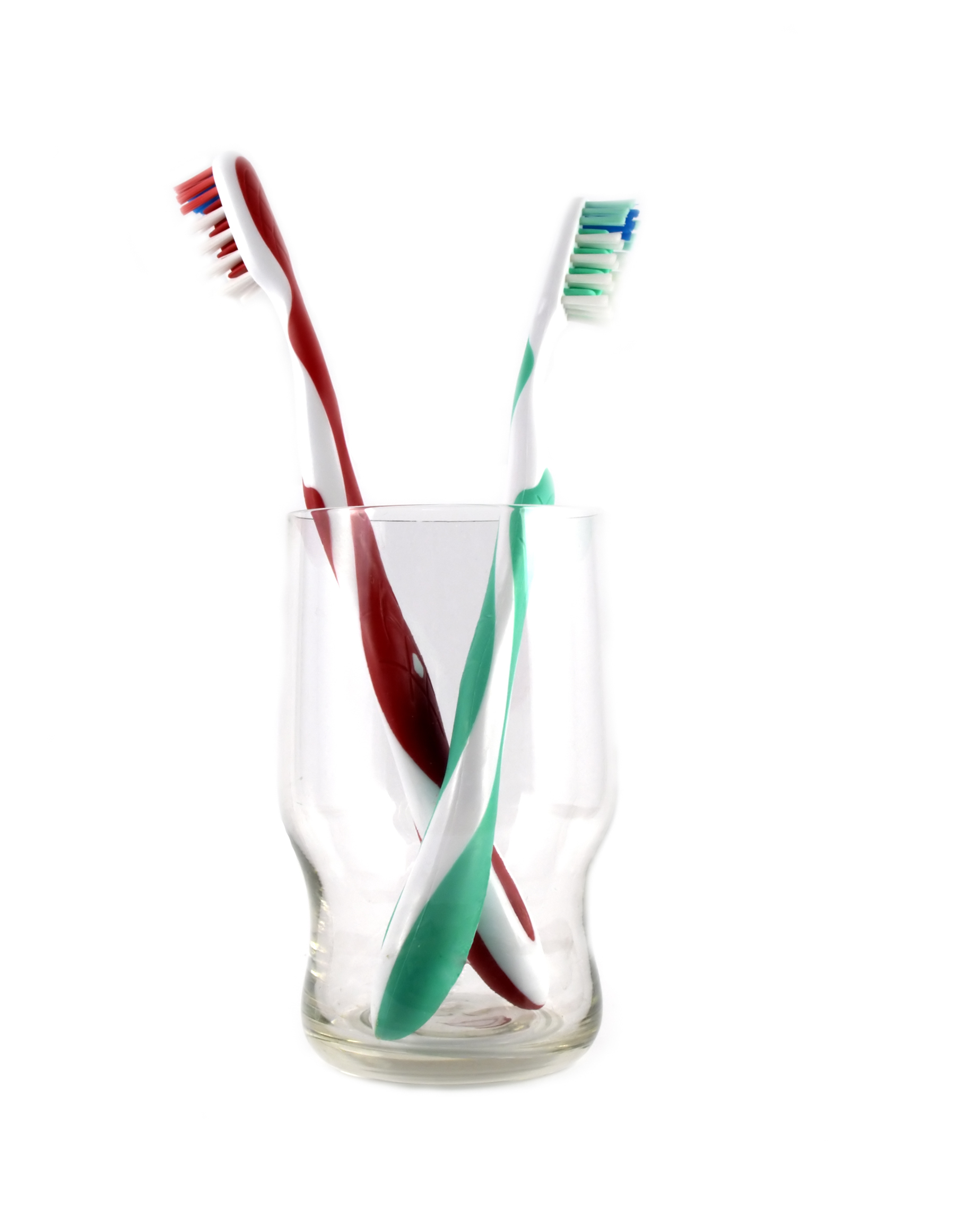 Statistics show that women are more likely to visit a dentist then men—but does this mean women have better oral health? Not necessarily. Women have specific oral health needs, and hormonal fluctuations throughout their lifetime can make them more susceptible to periodontal disease. Here are a few frequently asked questions concerning women’s oral health at various stages of life. Continue reading FAQs: Women and Oral Health
Statistics show that women are more likely to visit a dentist then men—but does this mean women have better oral health? Not necessarily. Women have specific oral health needs, and hormonal fluctuations throughout their lifetime can make them more susceptible to periodontal disease. Here are a few frequently asked questions concerning women’s oral health at various stages of life. Continue reading FAQs: Women and Oral Health
Month: December 2009
More than You Ever Wanted to Know about Brushing Your Teeth
Thousands of years ago, people still liked fresh breath and a shiny smile. Tribal people used sticks to clean their teeth, and over time, this evolved into a Chinese hog-hair toothbrush. Today, we prefer a cleaner and more effective option ;-).
Choosing Your Tools
• Never buy a toothbrush with hard bristles.
• Make sure your toothbrush’s size suits your mouth.
• Electric toothbrushes can be more effective than manual styles.
• Use an ADA-approved fluoride toothpaste.
• Use a tongue scraper or gentle brushing to clean plaque from your tongue.
• Find floss that works for you – there’s flat, round, waxed, non-waxed, minty, and even pre-strung picks.
Tips for Brushing
• Brush morning and night – and after meals, if you like.
• Brush for two minutes at each session.
• If you can’t brush after meals, rinse with water.
• Replace your toothbrush every two to four months and after an illness.
• Microwave your damp toothbrush for one minute every month to kill bacteria. Continue reading More than You Ever Wanted to Know about Brushing Your Teeth